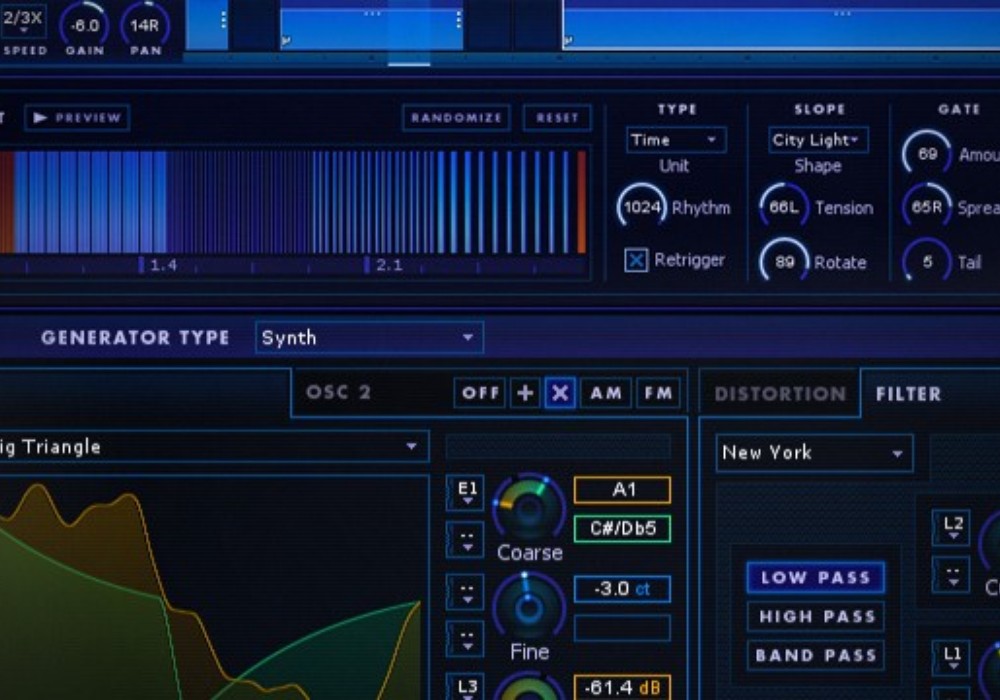God, this is gonna read like another episode of “Grandpa Reviews the Latest Gizmo.” When I was really getting my act together as an engineer (recording bands through a dilapidated Trident console to tape), I often struggled with phase issues, specifically when multi-mic’ng drums. The bands I worked with wanted to track as quickly as possible (of course), and unless I wanted my credit to read “Captain Comb-Filter” on the album, I knew I had to get my shit together and learn to properly measure and adjust for phase alignment quickly. So, like most junior engineers, I learned on the job. But it took lots of time — and I made many mistakes in the process. And even when I thought I had my drum mics all dialed in and properly aligned, I could still hear the occasional issue with frequency and time–domain relationships. Every session is different, and there is no template or system that can be applied when factors like mic choice, number of mics, playing position, etc. all vary wildly between projects. Basically, I feel like engineers never stop learning about the physics of sound.
Having developed an ear for comb-filtering in my own stuff, now that I mix and master more projects from other engineers, I do notice funky phase relationships in drum tracks quite often. When mixing in-the-box, I’m afforded an opportunity to make corrections manually, but again, that can be super time-consuming on tight budgets (think hours spent sliding tracks back and forth by milliseconds). Whelp, here comes Auto-Align, a plug-in from indie developers Sound Radix, that essentially automates the process of phase/microphone alignment on multitracked audio sources. And it’s almost terrifying how effective and easy to use it is.
Once instantiated across your multi-mic’d tracks in your DAW of choice, Auto-Align analyzes and automatically detects and then compensates for any delays between the mics with sample-accuracy. You simply designate one instance of the plug-in as a send channel to act as the “guide” or reference for the other instances (which are set to receive), and Auto-Align goes to work, analyzing and then applying the appropriate delay compensation for each individual track. The UI displays the amount of delay applied on a per-track basis, and it also supplies you with a spectral meter to display the phase correlation graphically. You can then adjust each time-shift manually if you choose (for instance, you may wish your distant room mics to have more delay applied), and still keep the phase relationships tight — Auto-Align has a button for that too!
It’s a little crazy to think about years spent literally measuring mic placement with tape measures, fucking it up, tearing it all down, and starting over — again and again. Or finding yourself down the rabbit hole of drum mixing, sliding tracks around, and staring blearily at zoomed-in waveforms at 4 a.m. — and then, one day, somebody knocks politely on the door and says, “Hi. Um, there’s an easier way to deal with this.”
What’s even crazier is how much better drums sound when the multitracked audio is properly time-aligned! What you thought was a serviceable kick sound is suddenly huge! And the hi-hat doesn’t sound like it was tracked through a Mu-Tron Phasor! Wow. They should have called this plug-in “Insta-Engineer” or “Sound Radix Makes You Sound Like You Know What You’re Doing” — or something. Indispensable.





_disp_horizontal_bw.jpg)